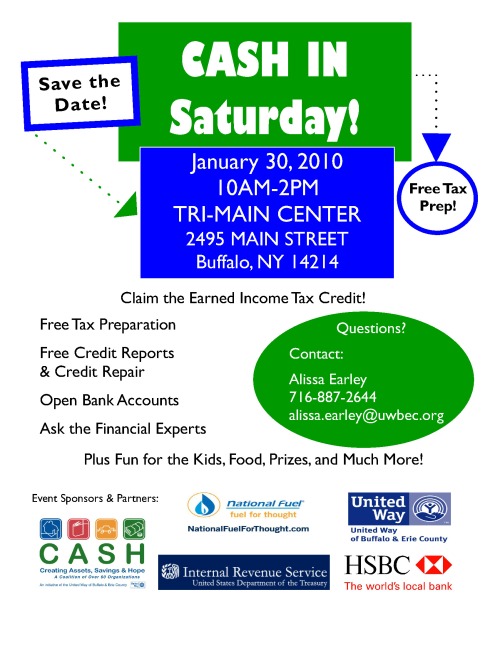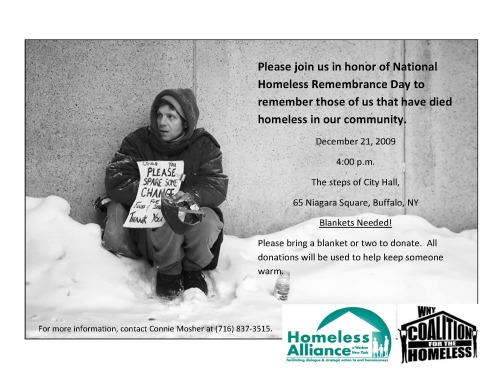The Buffalo News’ recent investigations into City Hall’s housing policies raised some very important issues.
How much is too much to subsidize the construction of homes in the city?
Should developers receive these subsidies? Or should homeowners receive these subsidies?
Should private developers be relied upon for the development of these homes or should non-profits?
These are important questions that City Hall should spend more time thinking about as they move forward with projects like Sycamore Village. However these types of questions do not begin to challenge the ideal upon which this kind of housing policy rests: homeownership.
There are obviously many benefits to homeownership and for many people it is probably ideal.
Unfortunately homeownership is not a very affordable option for many people in Buffalo.
Homeownership requires homeowners to have a very steady and relatively high level of income. As the UB Regional Institute’s new report Playing an Insecure Hand: Low-Wage Workers in the New Economy points out, an increasingly large number of people in Buffalo are only finding inconsistent low-wage work. This kind of an income prevents many people from getting past the high upfront costs associated with buying a home. Further, even if one is able to get a mortgage, the costs associated with maintaining a home can be high. Many home owners are thus at risk of falling into foreclosure.
The Buffalo News’ report bears this out:
“Of the 431 subsidized homes that resold among the 1,500 [that have been subsidized by the City], more than half — 231 — were foreclosed upon, with most — 184 — involving the original subsidized owner. These foreclosures basically wiped out the $4 million in publicly funded subsidies the 184 foreclosed owners received.”
Obviously homeownership is a risky proposition at best for many people in the city.
Even renting is unaffordable for most people! According to the US Census Bureau’s American FactFinder, 55.8% of renters in Buffalo spend over 30% of their household income on rent. HUD states that the “generally accepted definition of affordability is for a household to pay no more than 30 percent of its annual income on housing”.
Additionally, according to the Homeless Alliance’s statistics, roughly 2000 people cannot even afford rent on any given night and as a result are homeless.
Bearing all this in mind, should homeownership be the main focus of our housing policy?
We believe that it is time for our community to broaden its outlook on the housing situation in Buffalo beyond homeownership and begin to focus housing policy on making housing affordable to all people.
PS: For a great discussion of the development of federal housing policy and issues with its emphasis on homeownership as a guiding principle see Thomas Sugrue’s article Why the New American Real Estate Dream is Renting.
Read Full Post »

![FINALPovertyWorkshopFlyer[1]](https://homelessalliance.files.wordpress.com/2010/02/finalpovertyworkshopflyer11.jpg?w=500&h=573)




